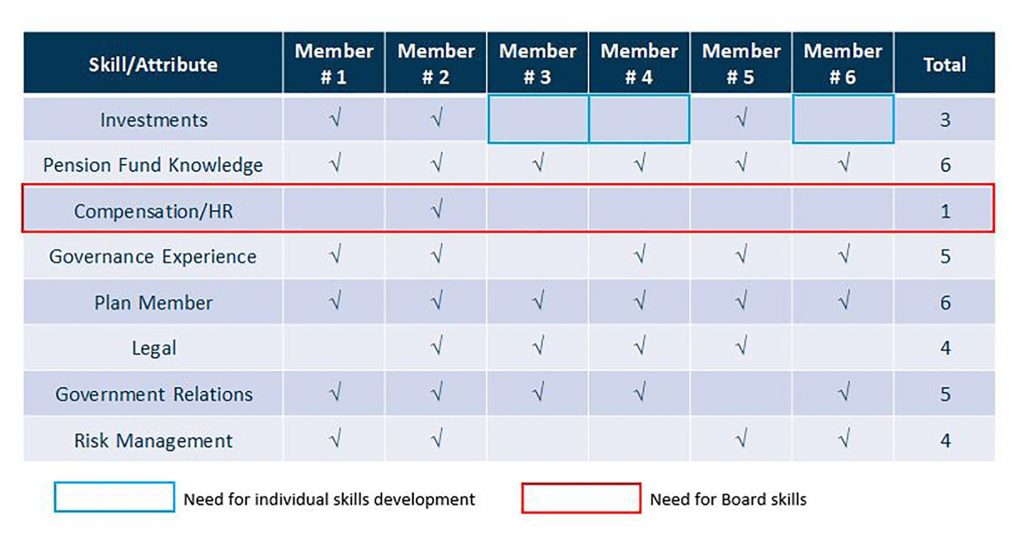Glass Lewis Releases 2019 Clarifying Amendments
Summary of Policy Updates
While Glass Lewis has not changed its current approach in the following areas, it has codified certain policies in the United States:
- Auditor Ratification Proposals at Business Development Companies (“BDCS”)
- Director Recommendations on the Basis of Company Performance
- NOL Protective Amendments
- OTC-Listed Companies
- Quorum Requirements
Auditor Ratification Proposals at Business Development Companies (“BDCS”)
Glass Lewis clarified why they do not recommend voting against members of the audit committees of business development companies for failing to include auditor ratification on the ballot alongside a proposal to issue shares below Net Asset Value.
Director Recommendations on the Basis of Company Performance
With regards to Glass Lewis’ voting recommendations based on company performance, they have clarified that in addition to a company’s share price performance, they will consider the overall corporate governance, pay-for-performance alignment and responsiveness to shareholders. This means that their recommendation is not based solely on share price performance falling in the bottom quartile of the company’s industry sector.
NOL Protective Amendments
Previously, when companies proposed the adoption of a NOL Poison Pill, in addition to a separate proposal seeking approval of “protective amendments” to restrict certain share transfers, Glass Lewis would generally support adoption of the NOL Pill while opposing the protective amendment, on the grounds that the pill itself would be sufficiently restrictive to protect the company’s deferred tax assets. Given that it is common practice in the United States to seek approval of both proposals simultaneously in order to appropriately protect such assets, Glass Lewis has clarified that in cases where companies propose adoption of both a NOL Poison Pill and an additional bylaw amendment restricting certain share transfers, they may support both proposals as long as they find the terms to be reasonable.
OTC-Listed Companies
Glass Lewis has added a section clarifying their approach to analyzing OTC-listed companies and their recommendations relating to a lack of enough disclosure. They have clarified that in cases where shareholders are not provided with information regarding the composition of the board, its key committees or other basic governance practices, Glass Lewis will generally hold the chair of the board’s governance committee responsible, or the chair of the board in cases where no governance committee is disclosed.
Quorum Requirements
Glass Lewis has also added a section clarifying their approach to analyzing quorum requirements for shareholder meetings. Glass Lewis generally believes that a company’s quorum requirement should be set at a level high enough to ensure that a broad range of shareholders is represented in person or by proxy, but low enough that the company can deal with necessary business during the meeting. They generally believe that having a majority of the company’s outstanding shares entitled to vote is an appropriate quorum for the transaction of business at shareholder meetings. However, should a company seek shareholder approval of a lower quorum requirement, Glass Lewis will generally support a reduced quorum of at least one-third of the shares entitled to vote, either in person or by proxy. When evaluating such proposals, Glass Lewis will also consider the specific facts and circumstances of the company such as their size and shareholder base.
Global Governance Advisors (“GGA”) continues to monitor the evolving proxy voting guidelines on a regular basis and will be reporting any changes coming out of ISS in the coming weeks as they emerge. Companies should be reviewing their compensation and governance practices against these updated guidelines to ensure that their current designs align to the updated guidelines as we move into the 2019 proxy season.
For an overview of the Glass Lewis’ 2019 proxy voting guidelines for the United States and Canada, please click here.

